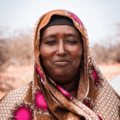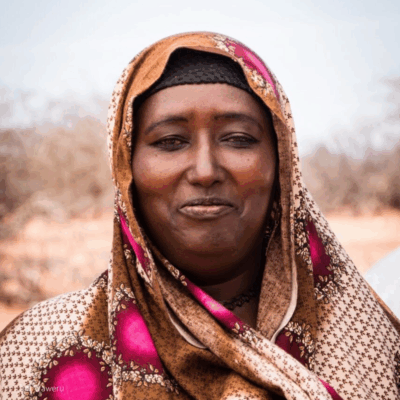Listeners:
Top listeners:
-
 play_arrow
play_arrow
118 | Kenyan Herders Say Judgement Against Them Based on Forged Signatures / Continuation of Episode 117
-
 play_arrow
play_arrow
117 | Surviving Survival Internatinal, Part 1: Kenyan Elders Call Foul on International Media, NGOs
-
 play_arrow
play_arrow
116 | From Ticking Time Bomb to Demographic Dividend: James Mwangi and Kenya's Great Carbon Valley
-
 play_arrow
play_arrow
115 | Unpacking Donald Trump's Very Weird Environmental Orders
-
 play_arrow
play_arrow
114 | Michael Greene: Carbon Cowboy or Lone Ranger? Part 1
-
 play_arrow
play_arrow
113 | The Future of Environmental Finance: Strategies for Biodiversity and Climate Solutions, with David Hill and George Kelly
-
 play_arrow
play_arrow
112 | Fantasy Football and Dynamic Baselines: New Tools for Impact Assessment
-
 play_arrow
play_arrow
111 | The False Dichotomy Between Reductions and Removals (Rerun)
-
 play_arrow
play_arrow
110| Ecological Economics, Systems Thinking, and the Limits to Growth
-
 play_arrow
play_arrow
109 | How Brazil's Quilombola Communities are Planting the Seeds of Sustainability for Small Farms Around the World, with Vasco van Roosmalen of ReSeed
Transcript
Samuel Avaala shakes his head as he dips his fork into a bowl of red-red, a traditional Ghanaian stew that gets its color – and name – in part from red palm oil.
“It doesn’t make sense,” he says. “Oil palm evolved here. It’s in our food; it’s in our medicine; but we built an economy on cocoa with little attention to oil palm.”
Oil palm is the tree that gives us palm oil, and the people of Western and Central Africa have been cultivating it for millennia – harvesting and processing the fruit for vitamin-rich oil, used in food and soap, tapping the trunks for palm wine that is distilled into medicinal alcohol, and using the biomass for green power generation. Over the past half-century, the rest of the world has discovered palm oil, too, and today it’s a $60 billion-per-year market that provides material for everything from fuels to food to face paint.
But that money isn’t flowing into Western and Central Africa.
The Great Crop Swap
Instead, thanks to a fluke of history, it’s flowing into Indonesia and Malaysia, which produce more than 80 percent of the world’s palm oil, while the dominant cash crop in palm oil’s birthplace, is cacao – a tree that evolved thousands of miles away, in the Amazon forest, where the Incas used it to make cocoa.
It’s all part of an inadvertent crop swap that began when a Ghanaian agronomist named Tetteh Quarshie brought cacao beans home with him in the 19th Century, just as Dutch and British traders were bringing African palm trees to South East Asia and migrants from Spain, Portugal, and Japan were bringing Ethiopian coffee and Asian soy to the Amazon. Today, 66 percent of the world’s cocoa comes from Ghana and Côte d’Ivoire, while Southeast Asia dominates in palm oil, and the Amazon region produces massive amounts of soy and beef.
The Deforestation Boom
These lucrative crops have been a double-edged sword, bringing economic wealth to some, economic devastation to others, and environmental degradation to all. Indonesia, for example, lost more than 10 million hectares of forest in just the past 30 years as oil palm plantations spread, becoming the world’s fifth-largest (and sometimes third-largest) emitter of greenhouse gasses, and Côte d’Ivoire has lost 80 percent of its forest in roughly the same period to cacao.
Now Indonesian and Malaysian palm oil companies are expanding into Africa, and many environmentalists are worried that could accelerate deforestation if natural vegetation is cleared to plant oil palm.
Avaala, however, says it doesn’t have to be that way.
Episodes
117 | Surviving Survival Internatinal, Part 1: Kenyan Elders Call Foul on International Media, NGOs
April 13, 2025
116 | From Ticking Time Bomb to Demographic Dividend: James Mwangi and Kenya’s Great Carbon Valley
February 25, 2025
115 | Unpacking Donald Trump’s Very Weird Environmental Orders
January 27, 2025
114 | Michael Greene: Carbon Cowboy or Lone Ranger? Part 1
December 6, 2024







